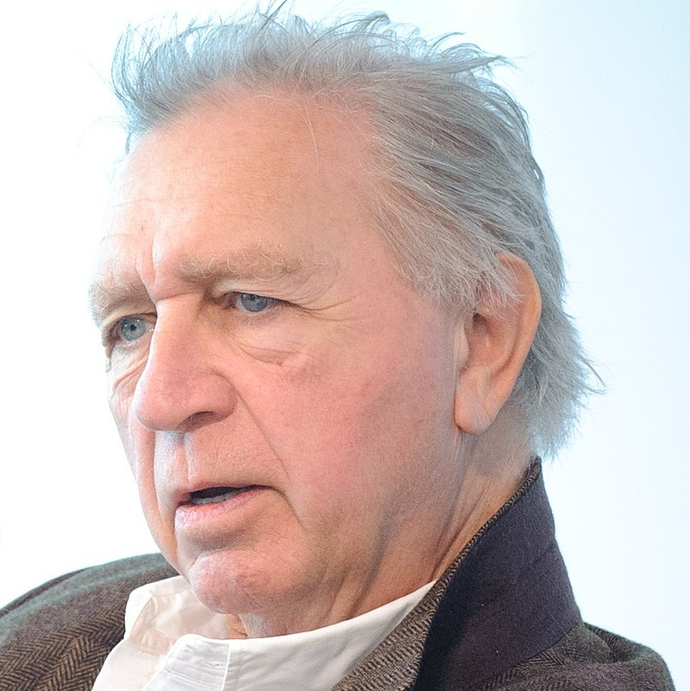
Jimmie Durham
Jimmie Durham (1940–2021) was a multidisciplinary artist, essayist, and poet renowned for his groundbreaking work that traversed the realms of art and activism. Throughout his prolific career, Durham challenged established narratives, confronted cultural misrepresentations, and advocated tirelessly for Indigenous rights. With a diverse array of mediums and a fiercely independent spirit, he left an indelible mark on the contemporary art world, inspiring audiences to engage critically with issues of identity, history, and representation.
Biography of Jimmie Durham
Jimmie Durham was born in 1940 in Houston, Texas. Durham's early years were marked by a nomadic existence across rural regions of the American South, particularly instilling in him a deep connection to his Cherokee heritage.
He embraced activism early on, becoming involved in the American Indian Movement (AIM), where he passionately advocated for indigenous rights and served as a prominent figure in representing Native voices internationally.
His artistic journey began with sculpture in 1963. In 1969, he moved to Europe, leading him to study at the Ecole de Beaux Arts in Geneva. Here, alongside fellow sculptors, he formed "Draga," a group dedicated to making the plastic arts more accessible to public life. Simultaneously, he co-founded "Incomindios" with indigenous activists from Chile and Bolivia, rallying support for the struggles of Native Americans.
In 1973, Durham returned to the US to commit full-time to work in the American Indian Movement (AIM). During this period, he assumed the role of director at the International Indian Treaty Council and served as a representative to the United Nations. By the early 1980s, Durham redirected his focus to art in New York City.
In 1987, the artist relocated to Cuernavaca, Mexico, where he resided until 1994 when he returned to Europe. During his tenure in Mexico, Durham began exhibiting internationally, showcasing his work at esteemed venues such as the Whitney Biennial, Documenta IX, ICA London, and Exit Art New York, among others.
Durham's contributions span numerous editions of prestigious art events, including the Venice Biennale and the Whitney Biennial. He also participated in the 13th Istanbul Biennale (2013), Documenta 13 (2012), and Taipei Biennale (2012), among others.
His work continues to resonate with audiences around the world, inviting viewers to reconsider entrenched narratives and engage in meaningful dialogue about the complexities of identity, history, and representation. Though he passed away in 2021, Durham's legacy lives on, a testament to the enduring power of art to provoke thought, inspire change, and shape the world we inhabit.
From Activism to Artistry: Jimmie Durham's Transformative Path
In the 1980s, Durham transitioned from activism to art, utilizing his creative practice as a platform for critique and exploration. Through sculptures, performances, and essays, he confronted cultural misrepresentations of American Indians, dismantling stereotypes and probing the complexities of identity and history. Durham's approach was characterized by a unique blend of humor, wordplay, and incisive critique, challenging viewers to confront their preconceptions and engage in critical reflection.
Consistently, Jimmie Durham tackled the political and cultural influences shaping our contemporary dialogues, exploring themes such as the history of oppression, the futility of violence, and the marginalization of minorities worldwide. He adeptly employed both natural and artificial materials, with a particular fascination for those historically utilized as tools, such as stone, wood, bone, iron, and glass. Stone, in particular, held significance for Durham, given its historical association with power dynamics in culture and society, often symbolizing monumentality and architectural prowess.
Years:
Born in 1940
Country:
United States of America, Houston